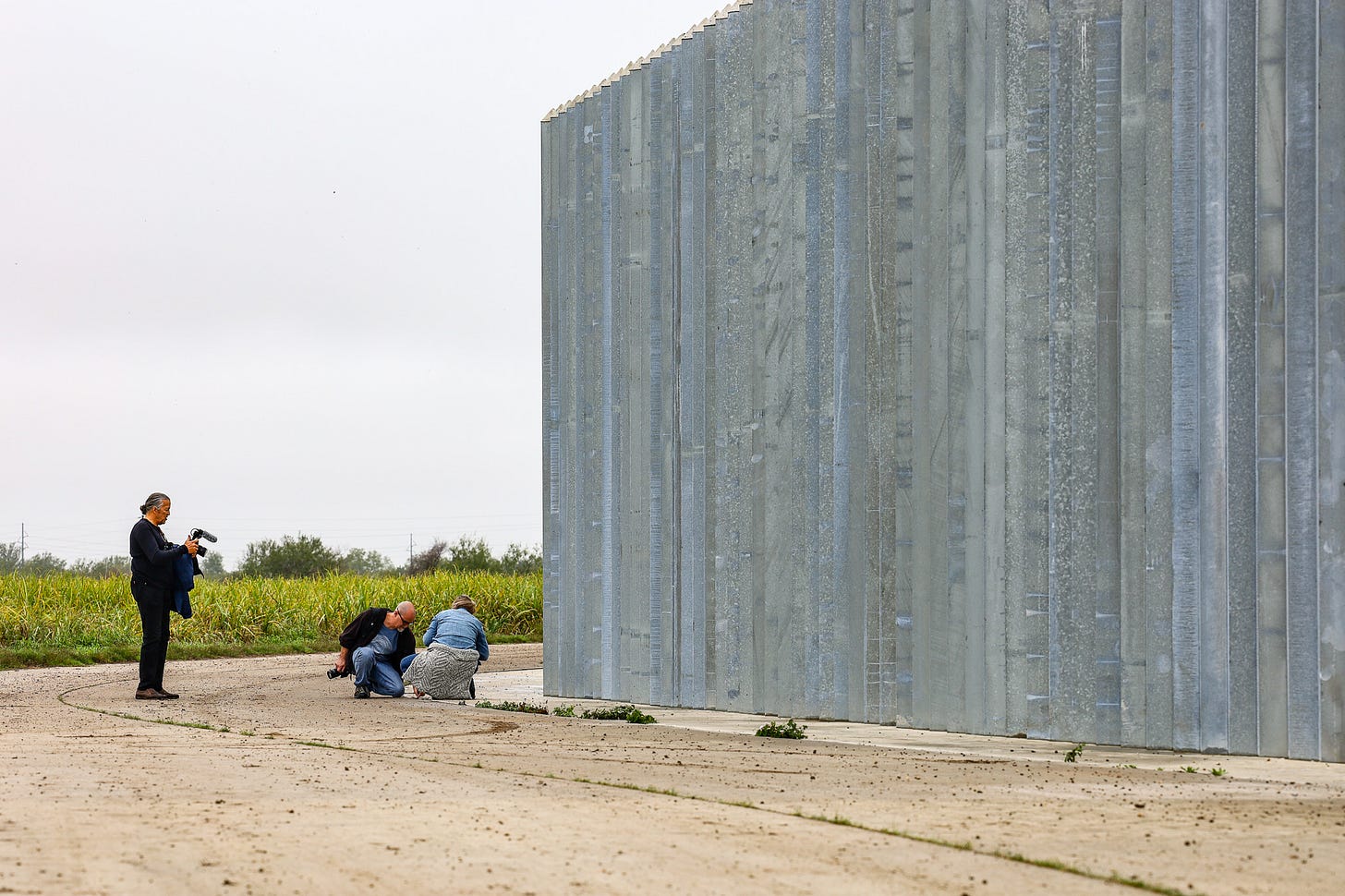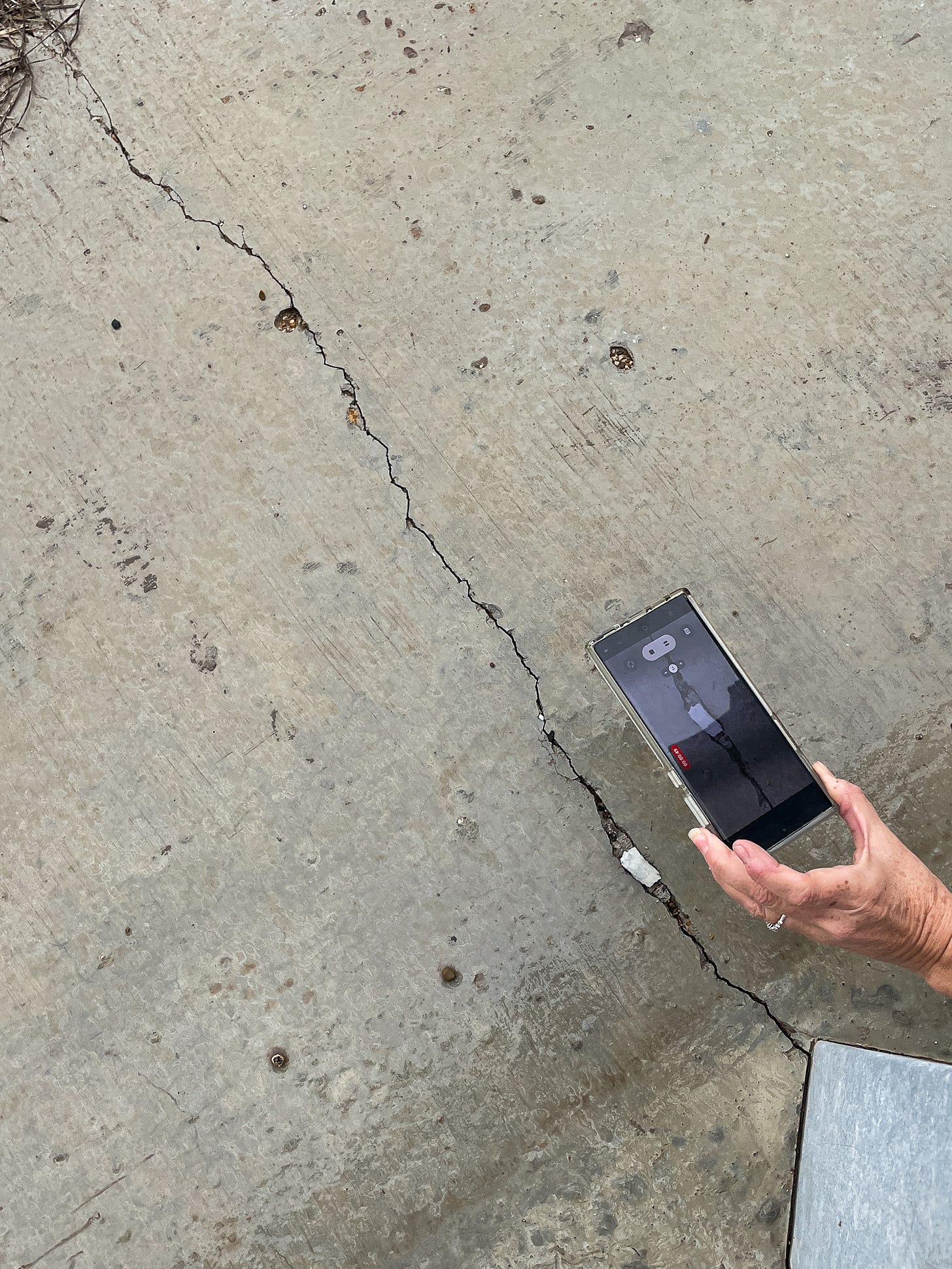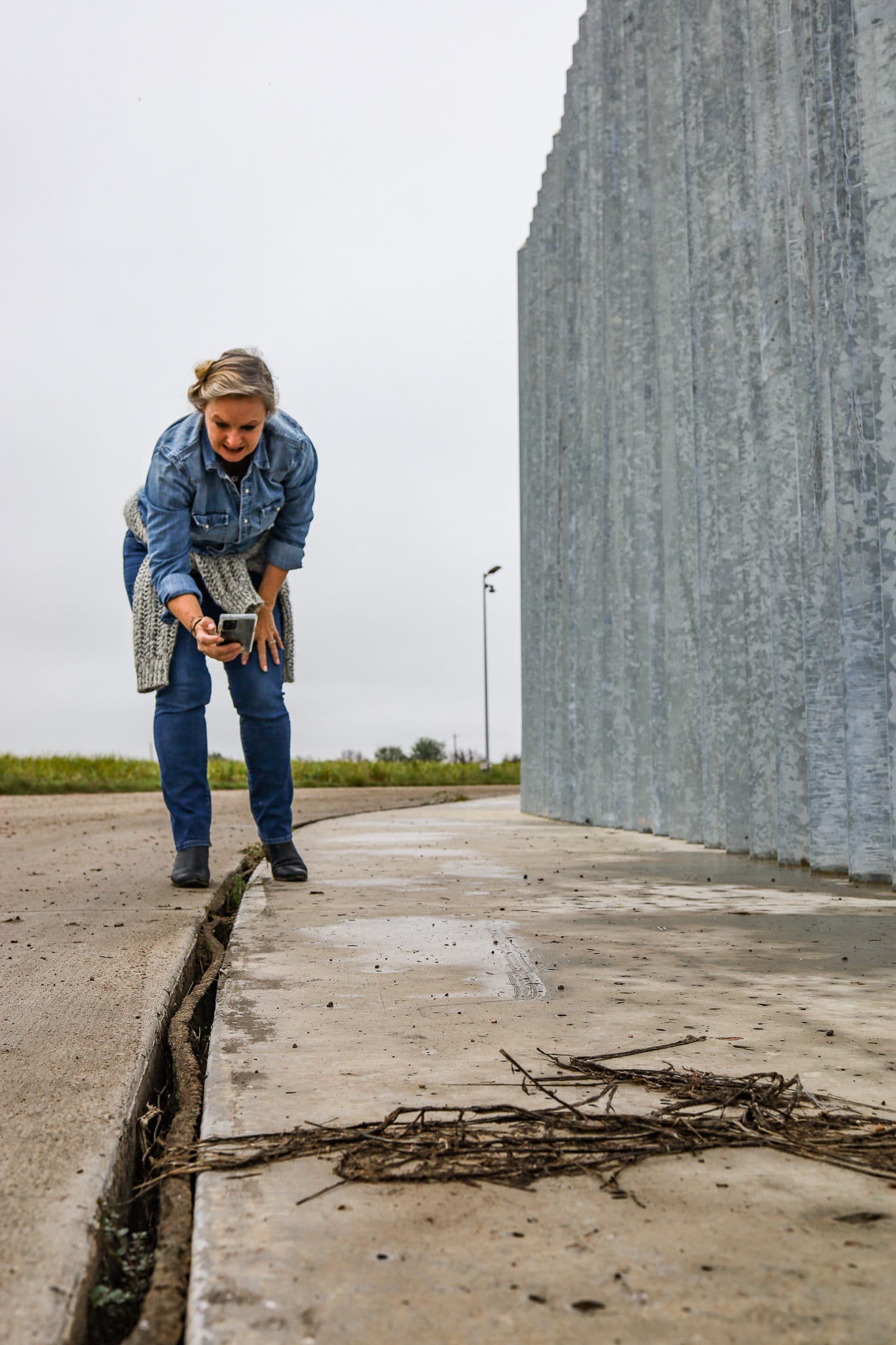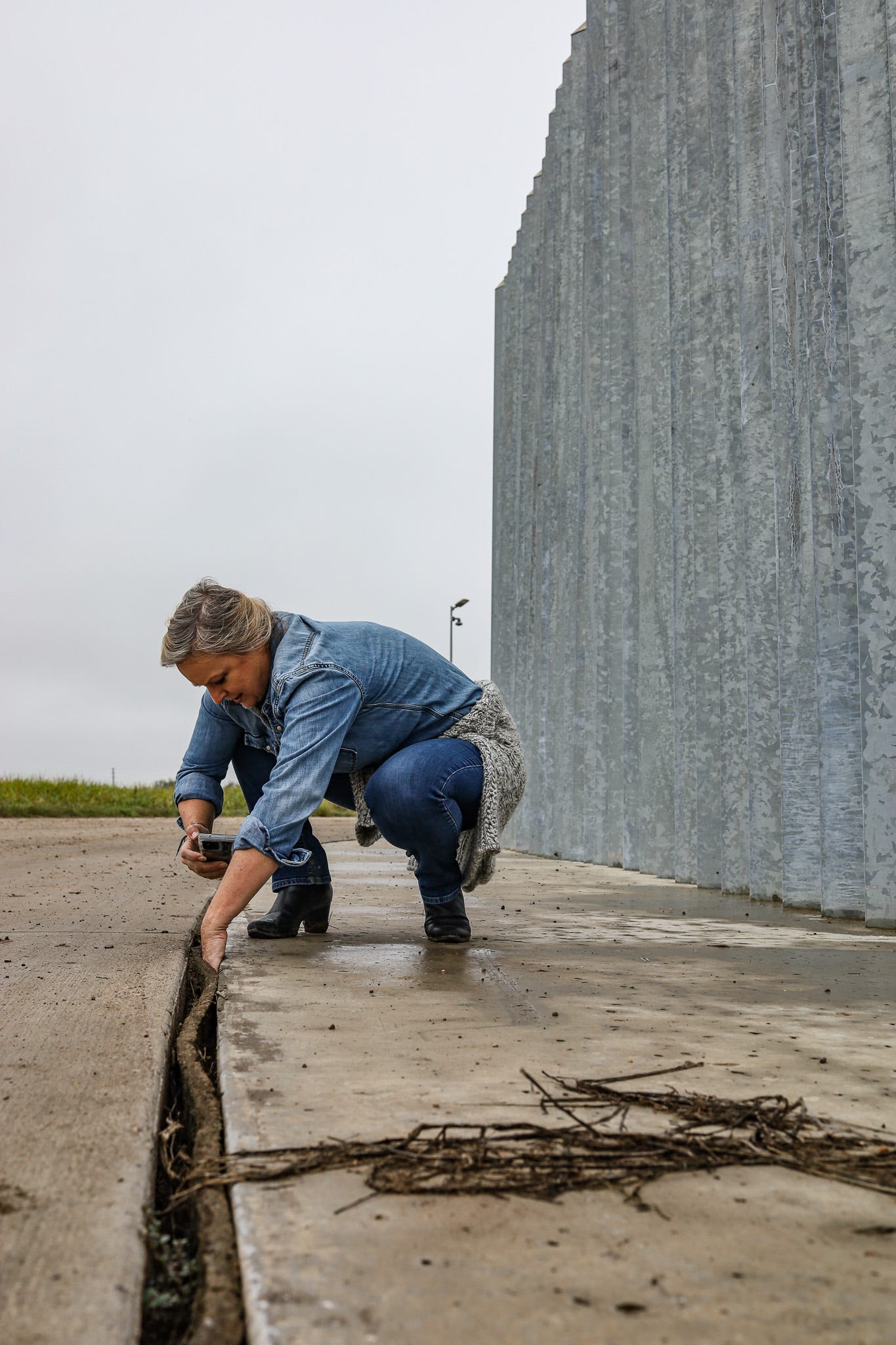A Visual Study of Texas' Shoddy Private Border Fence
While Arizona's container wall is currently being taken down, this private border fence in Texas may be close to *falling* down.
At the end of this month, Brian Kolfage and two other defendants will be sentenced in court in Texas after pleading guilty to defrauding donors that gave money through GoFundMe to a project called “We Build the Wall”.
The wall in question—also known as the GoFundMe Wall—is a three-mile section of aluminum fencing (not a wall) built on private land along the banks of the Rio Grande River (and hence the US-Mexico border) in southern Texas near Hidalgo.
I visited this border fence in November with Marianna Treviño-Wright, Executive Director of the National Butterfly Center, as well as two artists, Scott Nichol and John Kurc. My purpose in visiting was to understand more about the contested legal spaces along the US-Mexico and how these contentious politics shape border controls, immigration enforcement, and the asylum process.
We tend to think of these issues as the narrow domains of the US government. But private actors can—and do—lock horns in proxy skirmishes that reflect the broader divisive immigration landscape.
This post follows my post from earlier this week when I shared photographs from my visit to Arizona’s illegal shipping container wall, which is now being taken down. My goal in that post—and in this one—is not to explore every aspect of the wall, but to give you, my dear readers, an initial overview of border architecture so that in the coming weeks as I continue to dive into these phenomena, we have some shared understanding of what we’re talking about.
Kolfage, a Trump supporter who wanted to contribute money directly to the US government and then realized he couldn’t, decided in 2018 to build a wall himself using other people’s money.
The crowdfunded wall quickly raised suspicions.
The government claimed that Kolfage had used “fake invoices and sham vendor arrangements to siphon more than $350,000 for personal expenses, including home renovations, a boat and a luxury SUV.” Kolfage raised more than $25 million in total. But more on Kolfage and the scandal (including the cover-up of a damning environmental study) in a later post.
Perhaps more important for this post is the fact that Kolfage’s “wall” didn’t just scam investors. The physical architecture of the fence itself is its own kind of environmental scam: shoddily constructed on the sandy banks of an undulating river in the middle of a flood plain.
What’s worse: it may already be falling down.1
The fence posts, around 18 feet high, are embedded in what I am told is less than three feet of concrete, perhaps as little as two feet in some places. When I learned this, I laughed, remembering my teenage years of digging post holes for a residential backyard fence (I worked at my dad’s construction company). Most residential fence posts for short fences are dug deeper than that.
Notably, the concrete pad on the US-facing side of the fence is structurally separate from the concrete pad that holds the fence posts. Cracks have already begun to appear in between each of the posts. More cracks run away from the posts, some toward the river, some towards the sugar cane fields growing in the flood plane. Some cracks were already beginning to open up and release crumbs of concrete onto the surface.
The structural integrity of the individual fence posts is in question, but so too is the entire foundation of the fence. The fence posts and the pad beneath it appear to be gradually leaning into the river, opening up a trough between the two concrete pads large enough to stick your hand into.
In the presence of this absurd fence, it was difficult to avoid seeing a connection between the lack of integrity of the fence’s structure and the lack of integrity of its creator. I’ll revisit this case in the future, its connections to the container wall, its broader context in south Texas (including a connection to Elon Musk), and its connections to the changes in more official border practices in Texas.
But without further ado, let’s look more closely at the We Build the Wall (WBTW) structure itself. All photos were taken by me except where otherwise noted.





We’ll continue this discussion next week with more sections of the border wall and look at ports of entry, all in our quest to add context and depth to what’s happening on the border right now.
Support public scholarship.
Thank you for reading. If you would like to support public scholarship and receive this newsletter in your inbox, click below to subscribe for free. And if you find this information useful, consider sharing it online or with friends and colleagues.
For reporting on this, see the recent article in the New York Times: “They Built the Wall. Now Some in Texas Fear It May Fall Down.”









Thank you for documenting these complete wastes of time, effort and resources. If only Americans could put more of their time, effort, and resources into healing the world rather than causing more divisions between neighbors through mean-spirited, con-artist jobs like this private fence in Texas... If only.
So interesting. Thanks for providing these close-up looks.